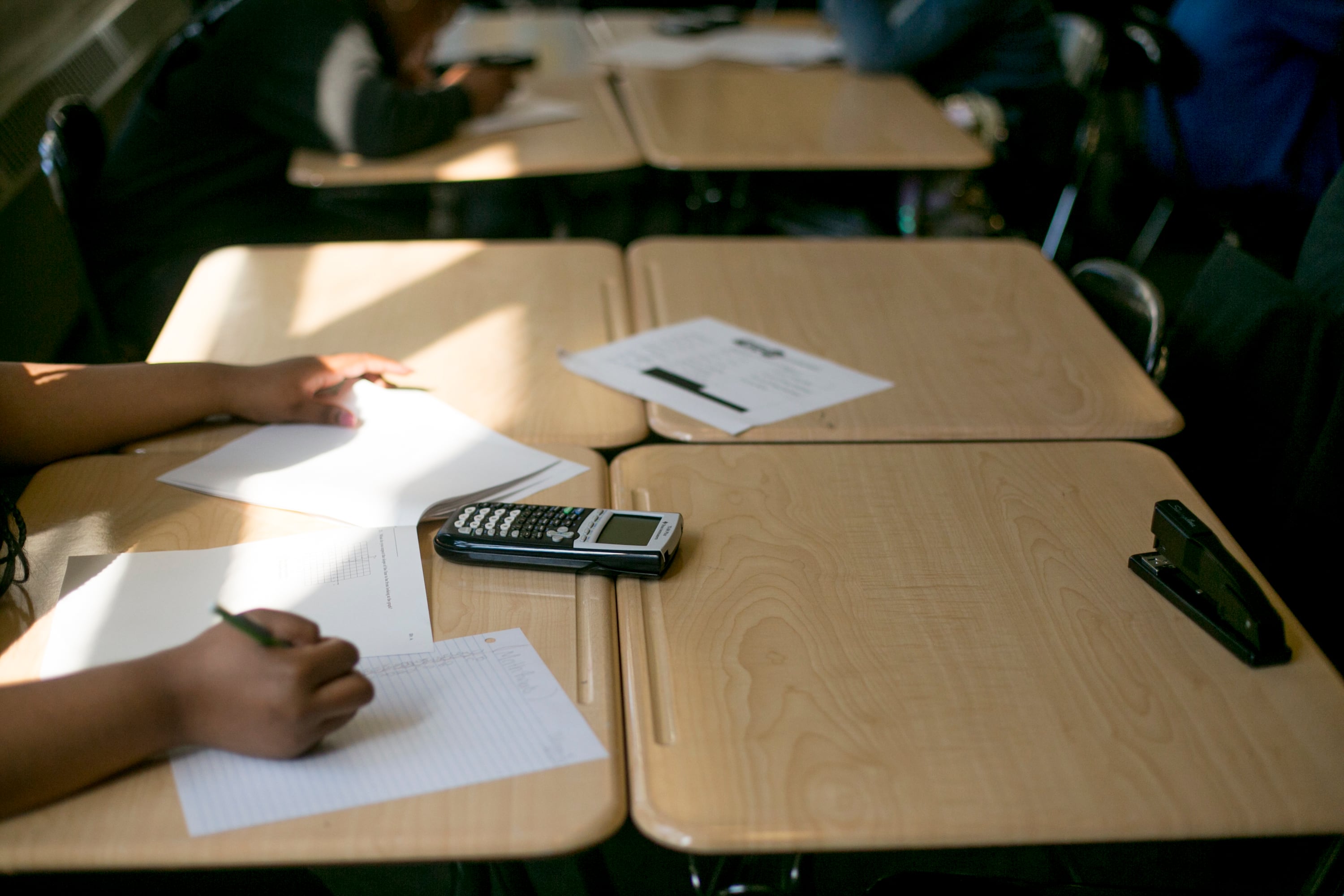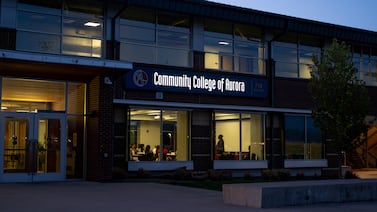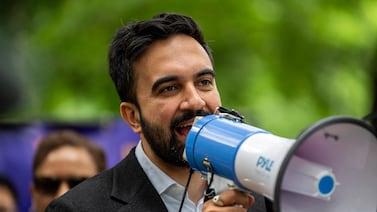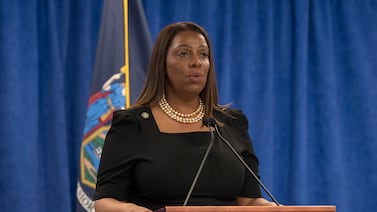Detroit schools for years have severely undercounted the number of homeless students in the city, leaving thousands of children without the crucial services they’re entitled to and need to succeed. The pandemic has made the undercount even worse.
The undercounting is highlighted in a new report released Monday by the University of Michigan Poverty Solutions initiative.
District and charter schools in Detroit identified 1,785 students, or about 2% of the student population, as homeless in 2017. But the researchers said the number is much higher — between 7,000 and 14,000, according to the report.
The undercounting matters profoundly because federal law provides explicit protections and services for homeless students, including transportation to and from school, the right to remain in the school they had been attending, academic support, and the right to enroll in a school even if they lack proper documents. Those services are crucial because homeless students are more likely to be chronically absent, drop out of school, and be suspended or expelled from school.
The undercount estimate is based on two things: One is 2017 data that shows 16% of households with children in Detroit reported being either evicted or forced to move within the previous year, which meets the definition of student homelessness. The number is also based on state guidelines that consider there to be a likely undercount if fewer than 10% of a school’s population of students from low income homes aren’t identified.
Data are from the 2017-18 school year, the most recent for which detailed information about homeless students was available.
The pandemic has put even more emphasis on the need for school officials to identify homeless students. A November report by Schoolhouse Connections and Poverty Solutions found that during the last school year, schools across the country were seeing big declines in the number of identified homeless students. The declines were not because there were fewer homeless students, but because school staff struggled to maintain connections with them during a pandemic that forced many students into remote learning.
“There are going to be a lot of kids who are or have been homeless in the last year, who have been just totally disconnected from school,” said Jennifer Erb-Downward, senior research associate at Poverty Solutions, a UM initiative that does research on poverty, and one of the authors of the report.
The McKinney-Vento Homeless Assistance Act defines homeless students as those “who lack a fixed, regular, and adequate nighttime residence.” That definition includes students living on the streets and in shelters, but also includes other scenarios such as students who are moving from home to home, living with relatives, or living in motels.
“If a child doesn’t have a stable place to live, it’s impacting their health, it’s impacting their education, and we have the data to show that. So, we have to figure out some way to deal with it,” Erb-Downward said in an interview Friday.
From the beginning of the pandemic until now, advocates for homeless children have scrambled to connect with these students.
“We are definitely concerned as to where the homeless students are at and working on ways to best identify and recapture students,” Julie Ratekin, homeless youth services manager at Wayne Metropolitan Community Action Agency, told Chalkbeat in the spring. In her role she coordinates with the homeless student liaisons at all of the schools in Detroit to train them to support homeless students and connect them with community resources homeless students may need.
Erb-Downward said another pandemic related challenge for homeless students is that families who have struggled financially during the pandemic worry about what the future holds, especially given that an eviction moratorium that has been in place since early in the pandemic will eventually end.
“That fear is very real and there are a lot of families who are likely going to experience homelessness and housing instability.”
Across Detroit, 95% of schools are very likely or likely undercounting homeless students, based on the 2017 data. But it’s not just a Detroit issue. Across Michigan, which has the sixth-highest number of homeless students among other states in the nation, the percentage of schools likely or very likely undercounting was 88%.
The Every Student Succeeds Act, the federal law governing K-12 education in the nation, placed a stronger priority on identification, with state and local school districts required to “provide training and professional development opportunities for staff so that they can identify and meet the needs of homeless children and youths,” according to a 2016 policy letter from the U.S. Department of Education.
Also, schools will benefit from $800 million Congress allocated, through the American Rescue Plan Act, to help homeless students. Finding students is a key part of spending the money. And the federal education department has told schools they can use the money for students to buy cell phones and prepaid debit cards, and pay for short-term temporary housing, such as a few nights in a motel — things that typically aren’t allowed.
“There’s opportunity to really reach kids who are struggling, and to provide them with the support that they need,” Erb-Downward said.
While most Detroit schools are struggling to identify homeless students, there are several charter schools highlighted in the report that are getting it right. At those schools (Cesar Chavez Academy, George Crockett Academy, and Covenant House Academy), determining a student’s housing situation begins during the application and enrollment process.
“Staff find out if students are homeless through enrollment forms, in-person conversations, and just by paying attention to kids and how they show up to school,” the report says. “Schools benefit from building long-standing foundations of trust between administrators and the community, so families will sometimes refer other families in need to staff to get assistance.”
Students generally don’t talk about their housing situation, Margaret Thigpen, homelessness liaison at George Crockett Academy, told Poverty Solutions.
“You just have to ease into it. And you have to build trust. They need to know that you care about them,” Thigpen said.
The report says the Detroit Public Schools Community District has ramped up its efforts to identify homeless students by identifying a homelessness point of contact in each building and increasing training to assist with identification and connection to support services.
“This approach holds potential for improving identification and could be adopted at charter school networks that do not have such a system in place,” the report said.
Ratekin and other experts recommend schools do several things to find students who may be homeless: Posting the rights of homeless students with contact information to support services in public places, adding information and support options to school websites, and creating community partnerships to build awareness. During the last school year, the agency created a 24/7 hotline to connect families to resources.
Sarah Bousley-Crane, the school social worker at Warrendale Charter Academy in Detroit, told Chalkbeat in the spring that homeless students at her school were having more academic struggles during the last school year compared with their peers.
“There’s like the overall struggle that everybody’s dealing with, and then most of our families that are qualified under McKinney-Vento are in doubled up situations,” she said, meaning they are staying at someone else’s house. “Being home, plus being in the home of somebody else is making it more difficult for those students.”






